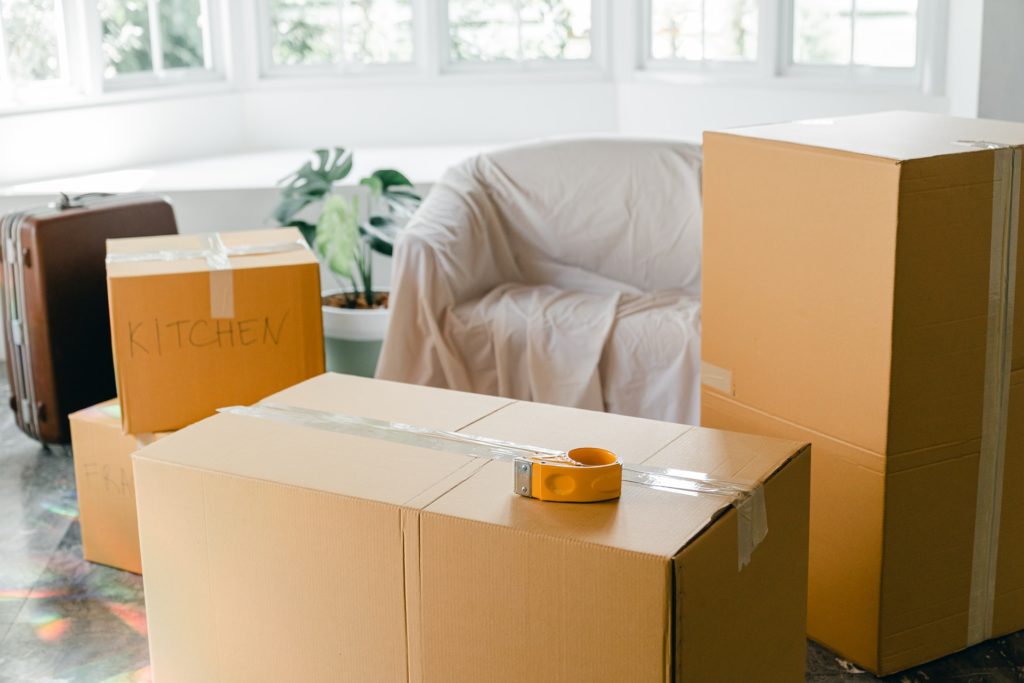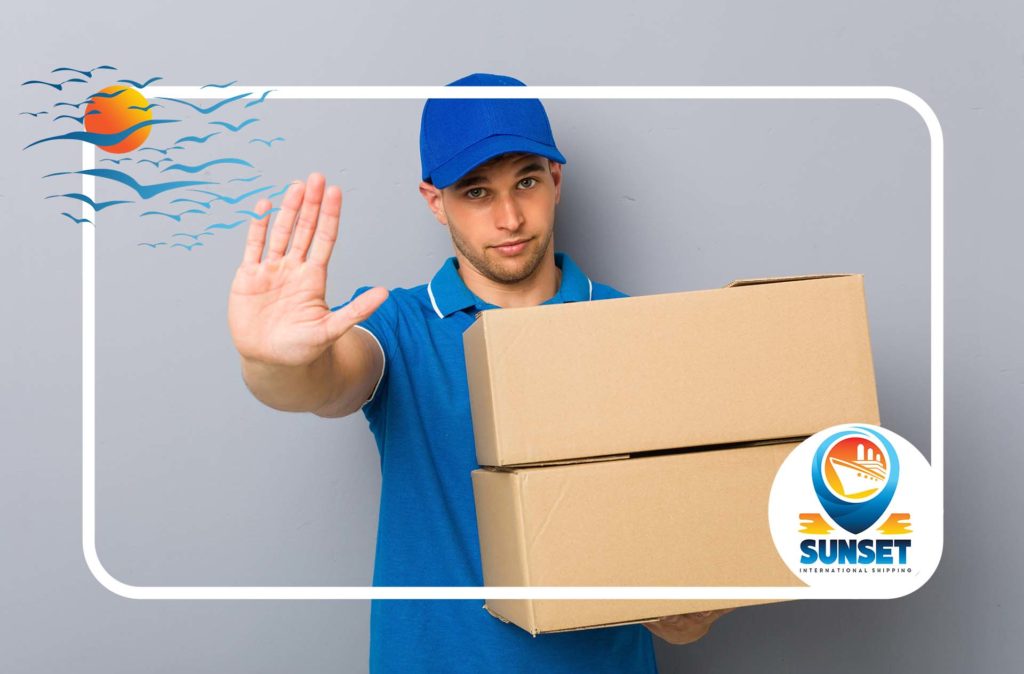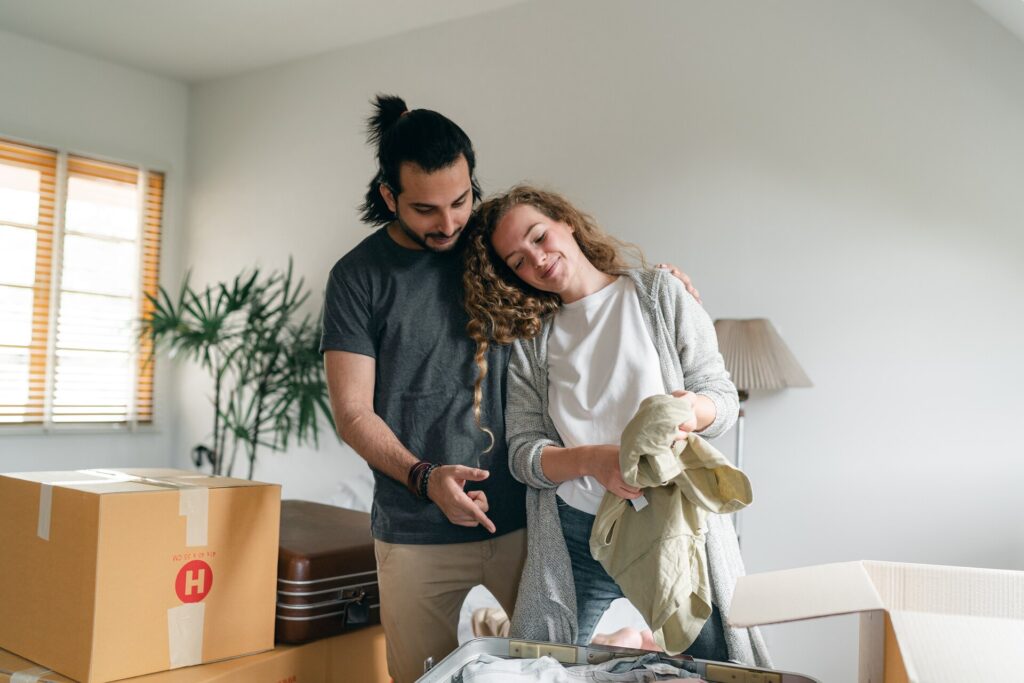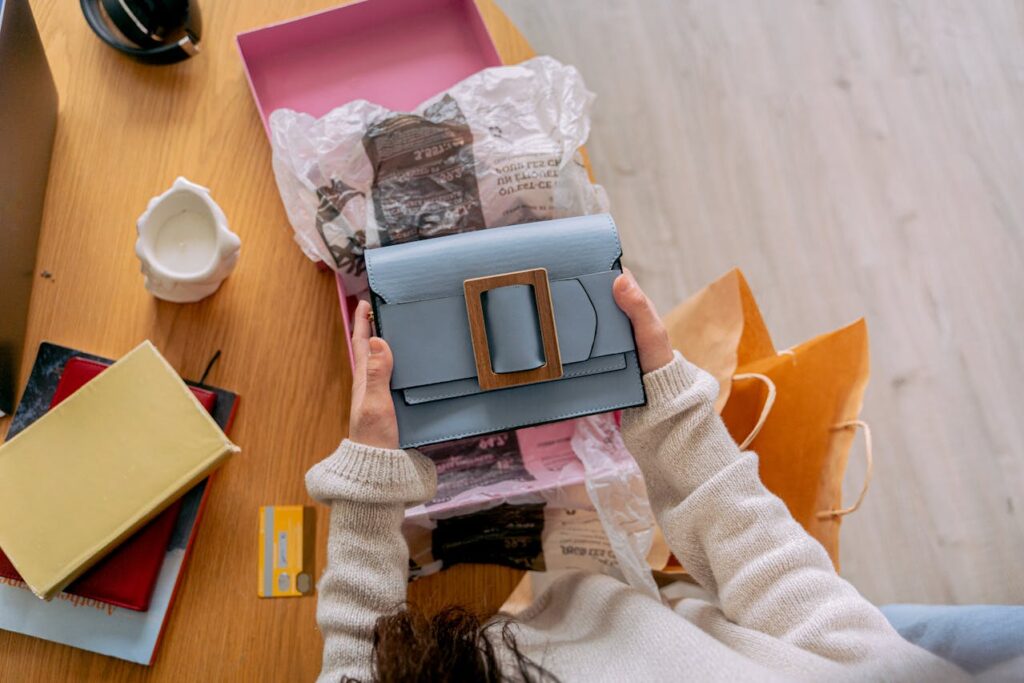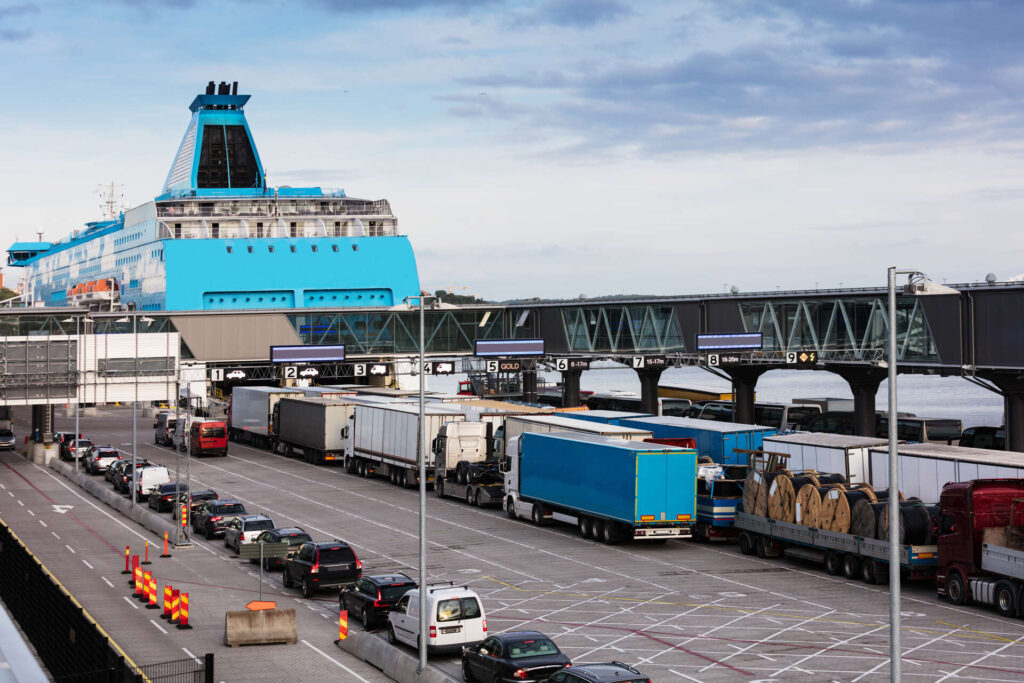Beyond the irresistible pop, the secret to a stress-free move lies in those plastic bubbles. But how to use bubble wrap for moving exactly? This seemingly simple packing material should be your ultimate ally for shipping overseas, guarding your treasures against the bumps and jolts of the journey. Join us as we pop into the essentials of the best packing strategies for moving, transforming all that chaos into a bubble-filled adventure.
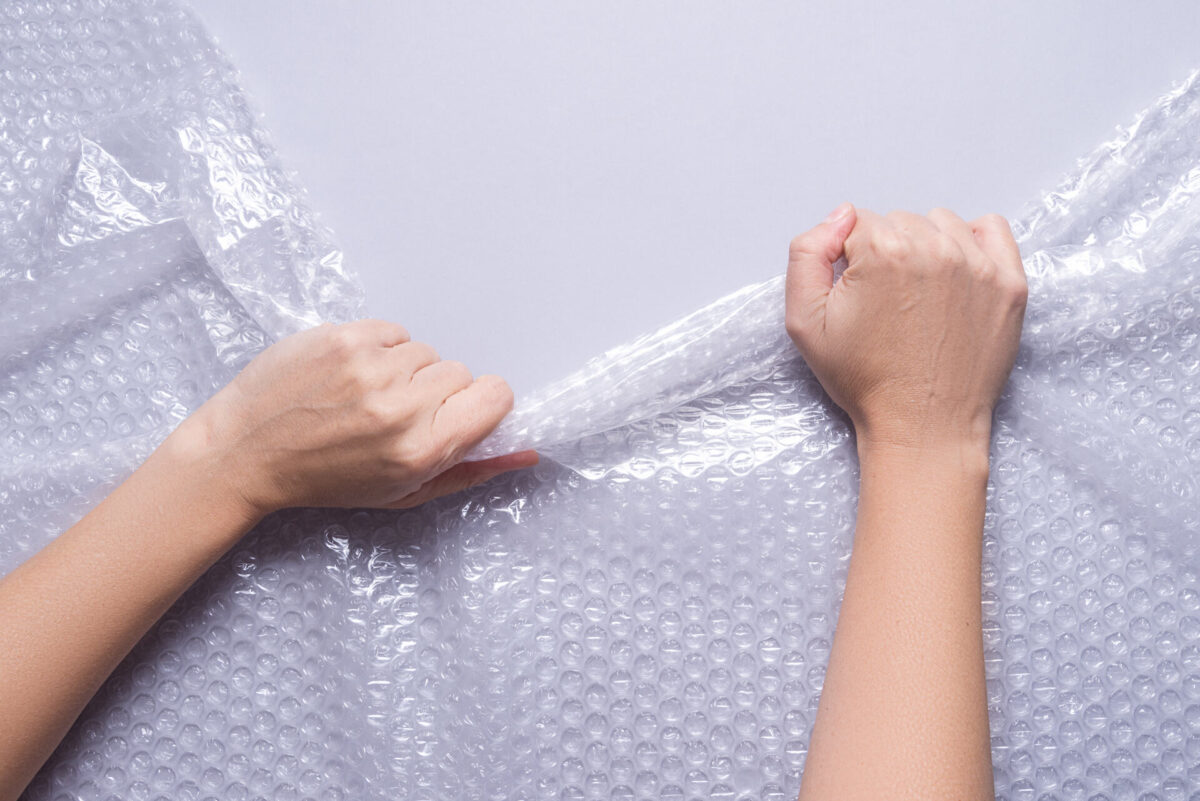

How to Use Bubble Wrap for Packing
When preparing to move, packing with bubble wrap is one of the most important relocation hacks you should have under your belt. Begin by encasing each item with multiple layers, bubbles facing towards the inside. Ensure the edges are firmly sealed with tape or neatly tied, securing the protective wrapping in place. Also, before placing items into boxes, insert additional cushioning between them.
Why Is Bubble Wrap a Non-Negotiable Part of Stress-Free Packing Solutions?
Sealed Air Corporation, the original creators of bubble wrap, produce over 240 million pounds of it annually. It’s enough to circle the globe ten times – a testament to its necessity. This packing material, celebrated for its bubble-filled design, is indispensable in the shipping industry, proving its worth by safeguarding countless products in transit.
Likewise, when it’s time to pack for a move, its role becomes equally pivotal, offering peace of mind that your belongings will arrive safe and sound. Here are a few reasons why it’s considered to be one of the most important relocation essentials:
- The air-filled bubbles provide excellent protection against impacts,
- It conforms to the shape of almost any item, making it ideal for securing everything from delicate glasses to bulky electronic devices,
- Its airy nature adds negligible weight to boxes, keeping shipping costs down,
- It offers a level of defense against moisture, protecting items from unexpected spills or damp conditions,
- Eco-conscious movers will appreciate that it can be reused for other storage needs, reducing waste.
The Secret Behind the Protective Power Lies in Those Bubbles
At the heart of this protective wrapping lies a simple yet effective principle – air. Bubbles are kind of like mini airbags, absorbing and distributing shock away from the item they encase. This science-backed approach to efficient packing methods transforms a roll of bubble-filled material into a formidable barrier against the stresses of moving overseas.
According to packaging industry studies, bubble wrap reduces impact damage by up to 60% compared to non-cushioned packing materials. This makes it a top choice for securing delicate items.


Stocking up for the Move Ahead – Where to Get Bubble Wrap?
As you gear up to move to another country, one of the first questions that will pop into your mind (pun intended) is where to snag some protective wrapping. Look no further than your local supply stores, home improvement retailers, or online marketplaces. These spots are gold mines for rolls of this material in various sizes to fit every packing need.
Are There Any Bubble Wrap Alternatives for Moving Internationally?
While bubbles reign supreme in shock absorption, there are a few alternatives that can help you move safely. Sure, none match the air-cushioned prowess on their own, but combining them can provide a formidable defense against the bumps of the journey, preventing things from breaking:
- Corrugated cardboard,
- Packing paper,
- Foam sheets.
While bubble wrap is highly effective, it’s estimated that 85% of it ends up in landfills. Fortunately, eco-friendly alternatives like biodegradable wrap and recyclable paper are becoming more popular.
Working With an Overseas Shipping Company to Get High-Quality Protection Materials
When it comes to international moving by sea, the benefits of professional movers can’t be overstated. Seasoned experts such as Sunset International Shipping offer comprehensive packing services equipped with high-quality materials needed for the safe transport of belongings.
Hiring movers can also give you the option of custom crating to secure your most prized possessions. All in all, working with an international moving company can be that trick up your sleeve that makes relocation easier by a long mile.
Step-By-Step Guide on How to Use Bubble Wrap Effectively
With the essentials out of the way, it’s time to roll up our sleeves and put the theory into practice. But before you delve into wrapping each cherished item, it’s a good idea to pause for a decluttering session, figuring out what to get rid of.
After all, there’s little point in meticulously securing belongings only to move across the world and realize you don’t really need them anymore. You can donate them to organizations such as the Salvation Army or maybe sell some to help you balance finances abroad. Once that’s out of the way, you can start tackling the items you’re bringing along, piece by piece:
To avoid mold developing during the trip, begin by ensuring each item is spotless and completely dry. To pack electronics or items with intricate parts, a gentle wipe-down with a microfiber cloth usually does the trick. Disassembling items into smaller components is also a good idea, making them easier to wrap and reducing the risk of damage by minimizing pressure points.
Wrapping is an art that requires attention to detail. Start by laying out the wrap flat, with bubbles facing towards the inside, and placing the item on top, ensuring full coverage. As you wrap, press down gently to maximize the air cushion’s effectiveness without popping the bubbles.
It’s important to handle each item with a suitable approach. Obviously, figuring out how to wrap a picture frame is different from, let’s say, packing pots and pans. For items with unusual shapes, adapt your wrapping technique to cover every nook and cranny, adding extra layers as needed for enhanced protection.
Securing everything with high-quality adhesive tape is the final, critical step in this process. Apply the tape strategically, focusing on areas where the wrapping overlaps to create a seamless barrier. Ensure that the tape does not come in direct contact with the item’s surface to avoid residue or damage when unpacking. Also, consider reinforcing the corners and edges, as these are often the most vulnerable to impacts.
How Do You Make Sure Fragile Treasures Arrive Unscathed?
Fragile items – these are the objects that spike your heart rate and pack quite a bit of relocation stress into the whole ordeal. From your grandmother’s china to that glass vase you got on vacation, ensuring these treasures make it to your new home without a scratch is enough to turn anyone into a bubble-wrapping ninja.
With a few smart moves and a bit of patience, you can master this art. Let’s break down the steps to keep your breakables in one piece:
- Use a smaller box for the item, then place that box inside a larger one with cushioning in between,
- Surround each fragile item with ample cushioning, including foam sheets and peanuts, or even towels and blankets for added padding,
- Use crumpled paper or additional padding to fill any voids in the box, preventing items from shifting during transport,
- Reinforce the bottom of your boxes with extra tape, ensuring they can handle the weight,
- Mark the boxes with “FRAGILE” and “THIS SIDE UP” to alert anyone handling them to do so with care.
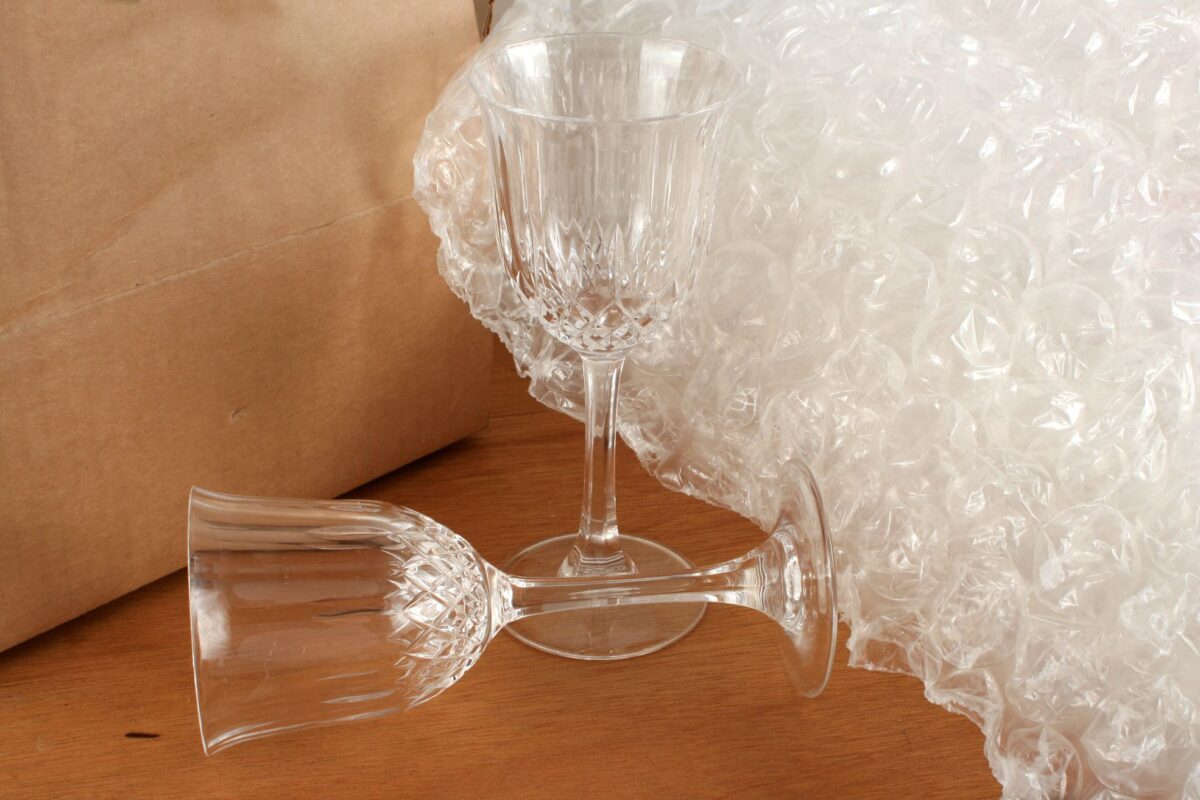

Beyond the Bubbles – Some Professional Packing Techniques You Should Try Out
Hiring a professional overseas moving company doesn’t mean you have to sit back and watch the entire show from the sidelines. If you want to handle those items you cherish yourself, getting hands-on can be both rewarding and reassuring. So, why not borrow a page from the pros’ playbook and put some expert and secure packing tips to the test?
Packing Peanuts and Foam Inserts Can Literally Save the Day
Foam inserts and peanuts are lightweight protectors that can turn any box into a fortress, cushioning your items against shocks and vibrations. Start by laying a foundation of foam at the bottom of your box and nestle your item on top. Then, gently fill the surrounding spaces with foam peanuts, ensuring there’s enough material to prevent any movement. Remember, the goal is to immobilize your belongings within their boxes, turning potential travel traumas into mere afterthoughts.
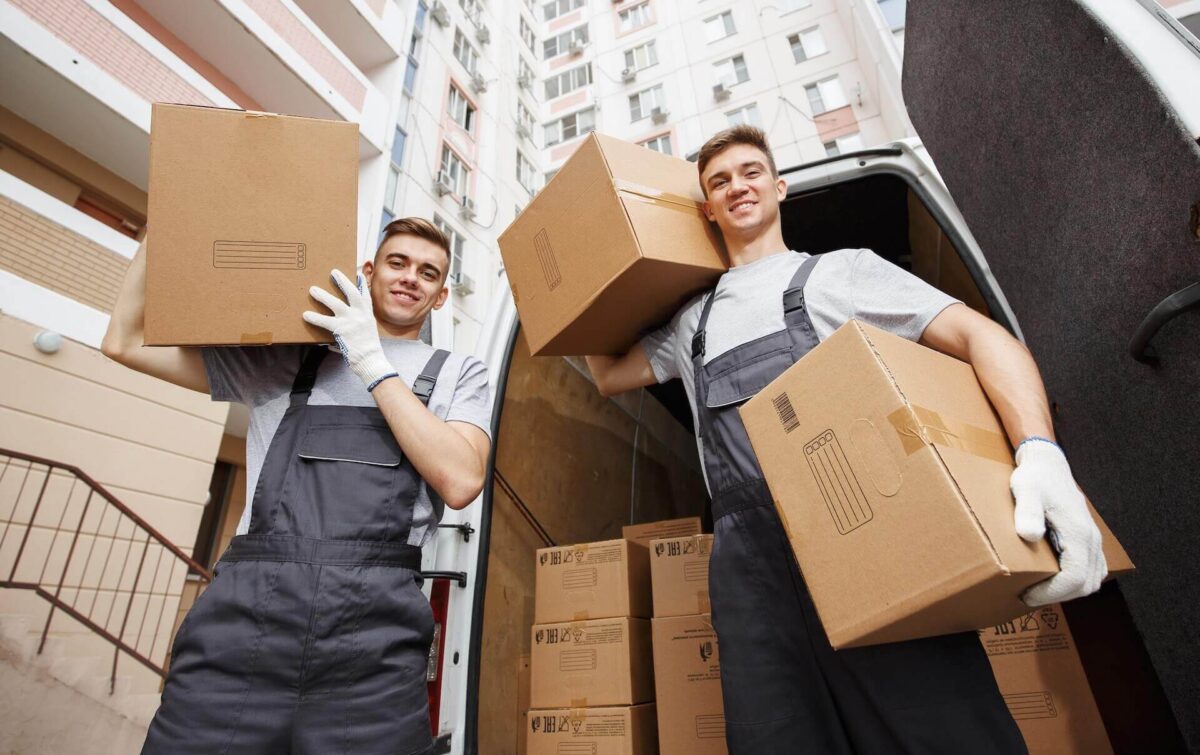

Steer Clear of Trouble – Common Mistakes to Avoid While Boxing up
The whole ordeal might seem straightforward until you’re staring down a mountain of belongings, wondering how your life accumulated so many things. In all of that chaos, it’s easy to overlook certain things and make some relocation mistakes, especially when moving abroad. So, let’s shine a light on some of them to help you navigate this journey:
- Overloading boxes is one of the most common relocation sins. Remember, just because it fits doesn’t mean it should go in,
- Unlabeled boxes are a recipe for confusion, so make sure you don’t skip over this crucial step,
- Using old or damaged boxes should be avoided at all costs,
- Make sure to wrap each item individually in their cocoon of bubbles, especially those delicate belongings,
- A little tape goes a long way in keeping your belongings contained and secure,
- Don’t leave any empty spaces in boxes – it’s the perfect opportunity for items to shift and get damaged,
- The bubbles facing out might look fun, but they are meant to cushion your items, so make sure they’re facing in.
The American Moving & Storage Association reports that moving-related damage costs Americans over $1 billion annually. Yet, many of these losses could be avoided with proper packing techniques.
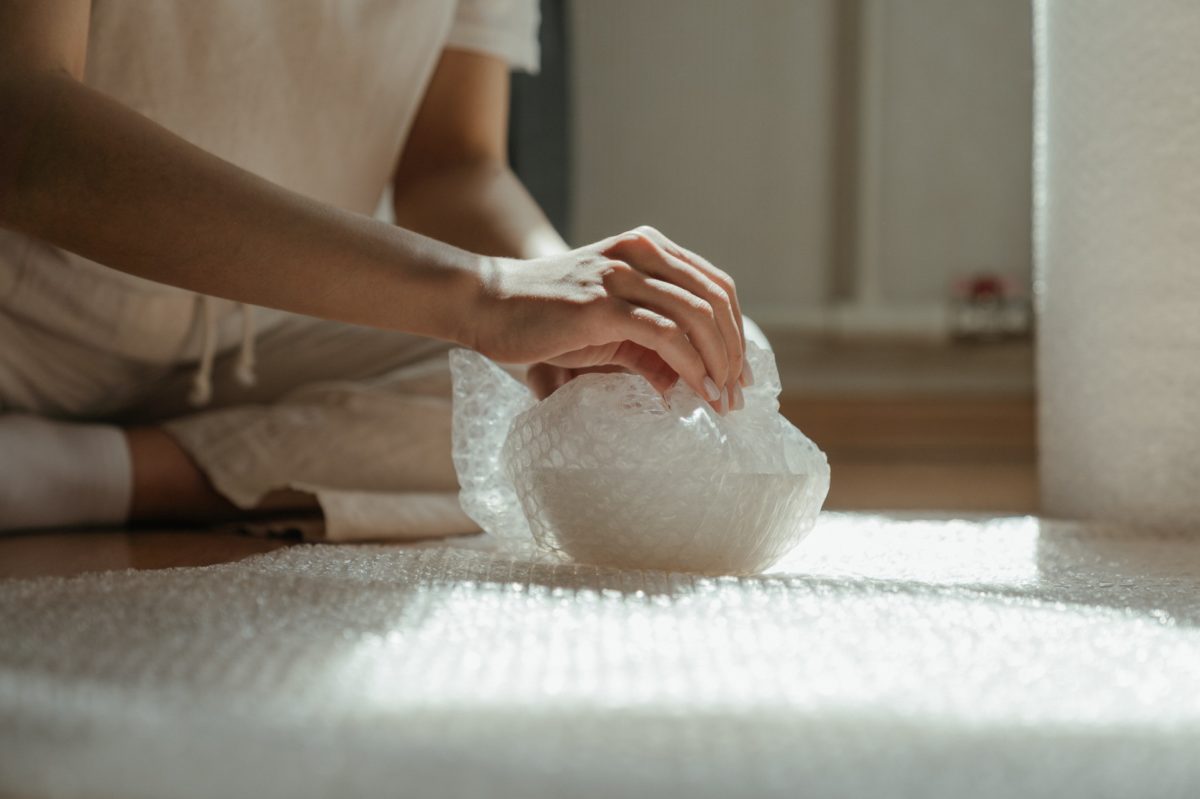

Wrapping It up With Sunset International Shipping for Your Smoothest Move Yet
At the end of the day, it’s clear that a successful relocation requires more than just throwing items into boxes. It’s about employing strategic techniques, understanding the value of protective materials, and steering clear of those all-too-common mistakes. With these insights, your journey to a new home can be a smooth voyage toward a fresh start.
To make things even more seamless, Sunset International Shipping is here to lend expert hands. From meticulously wrapping your fragile items to ensuring every box is perfectly packed, our team is more than equipped to make sure your belongings are snug and secure. Contact us today, and let’s make your move a masterpiece of planning and execution.




